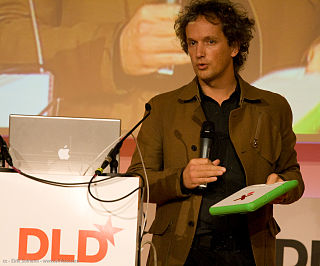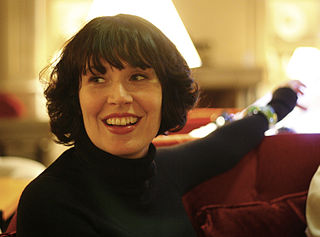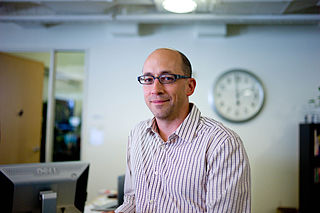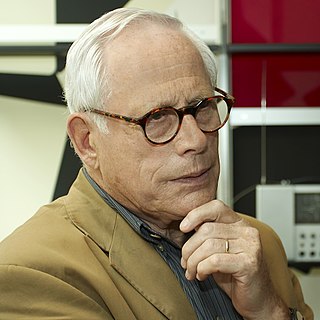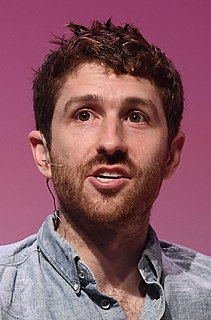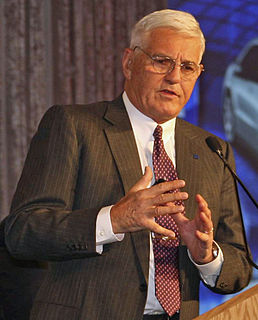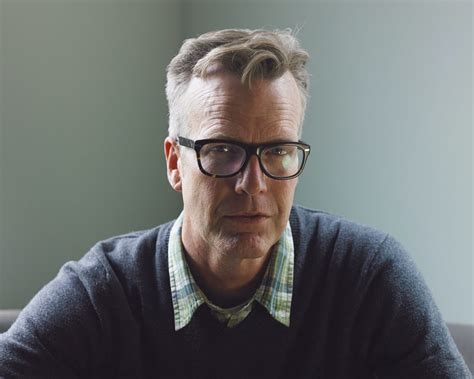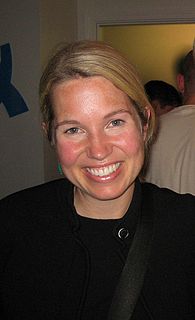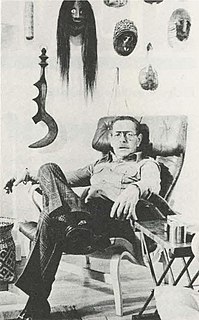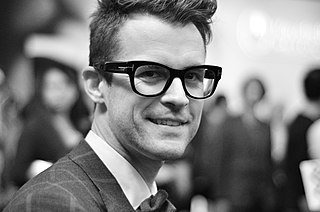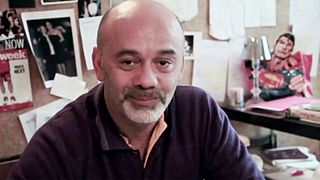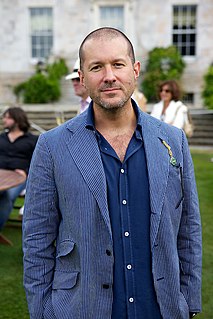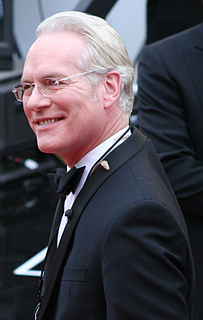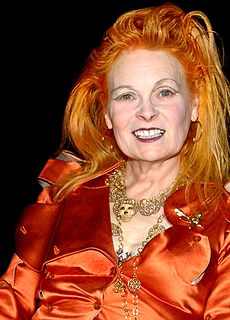A Quote by Yves Behar
What I learned from my years in Silicon Valley is that design can have a primary role in how a business is shaped, how a company can be design-driven. In my experience of large industry in Europe, that knowledge has been lost.
Related Quotes
One of the great things about Silicon Valley is, irrespective of how competitive you might be with another company or how closely you might be working with that company, there's a great sort of give and take, and camaraderie from - between - some of the executives in the valley and some of the other investors in the valley.
I am passionate about what design can do - how far it can support the new ideas and the new ways of living of this 21st Century. Good design accelerates this exciting future where manufacturing is local, materials and processes are cradle to cradle, business models are both socially and financially driven.
Good design is innovative
2. Good design makes a product useful
3. Good design is aesthetic
4. Good design makes a product understandable
5. Good design is unobtrusive
6. Good design is honest
7. Good design is long-lasting
8. Good design is thorough, down to the last detail
9. Good design is environmentally friendly
10. Good design is as little design as possible
The design and creative side is not a problem, but learning how to run a company as a young creative has been challenging. There is so much more on the business side than I ever considered when I first started making jewelry in my kitchen. It has been a challenge keeping up with the company's success, and I have had to learn from my and others' mistakes as I go.
My skills weren't that I knew how to design a floppy disk, I knew how to design a printer interface, I knew how to design a modem interface; it was that, when the time came and I had to get one done, I would design my own, fresh, without knowing how other people do it. That was another thing that made me very good. All the best things that I did at Apple came from (a) not having money, and (b) not having done it before, ever. Every single thing that we came out with that was really great, I'd never once done that thing in my life.
